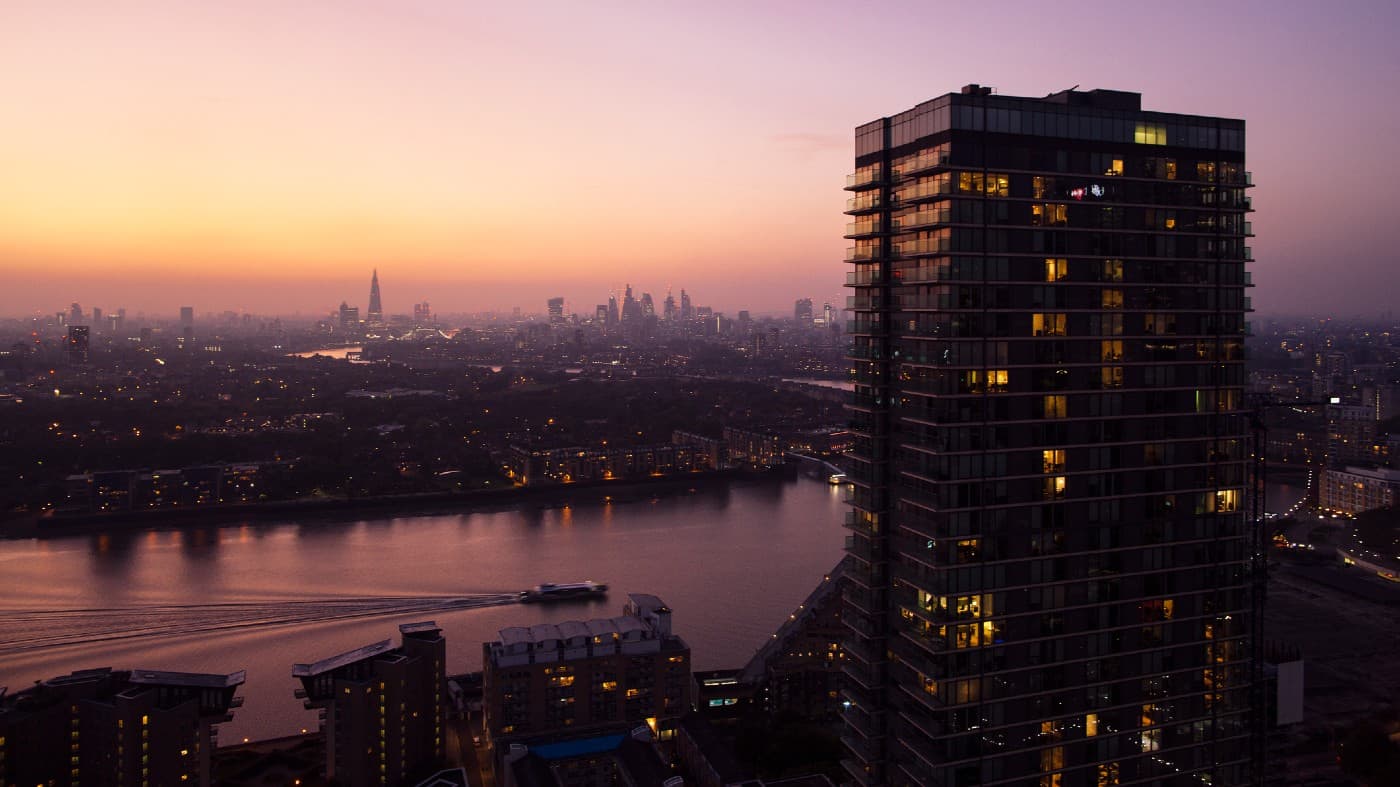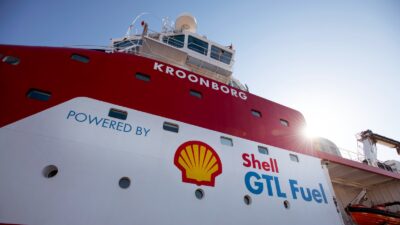Following a recent growth spurt, the Barclays (LSE: BARC) share price is now back above its January 2020 high. The banking group has outperformed its peers recently, thanks to a strong performance from its investment bank.
Unlike domestic peers, such as Lloyds and Natwest, Barclays has a large international investment bank. Throughout the pandemic, this proved to be an invaluable asset. It worked on a string of deals, raising money for businesses to help them weather the storm.
Thanks to the fees the banking giant booked on these transactions, it reported a net profit of £2.4bn last year, a modest 27% year-on-year decline. Lloyds’ net income slumped 55%.
Should you invest £1,000 in Fresnillo right now?
When investing expert Mark Rogers has a stock tip, it can pay to listen. After all, the flagship Motley Fool Share Advisor newsletter he has run for nearly a decade has provided thousands of paying members with top stock recommendations from the UK and US markets. And right now, Mark thinks there are 6 standout stocks that investors should consider buying. Want to see if Fresnillo made the list?
Uncertain outlook
Unfortunately, the bank’s outlook has suddenly become more uncertain recently. Last week, CEO Jes Staley stepped down following an investigation into his relationship with Jeffrey Epstein. Staley has been a champion of the group’s investment bank, fighting off calls from an activist investor to sell the division, or wind it down.
While some analysts questioned his commitment to the investment bank at the time, its performance over the past 18 months shows just how valuable this diversification has been for the group and the Barclays share price.
So the question is, what is next for the company? Now the world seems to be past the worst of the pandemic, Barclays can concentrate on growing its traditional bank. It operates one of the world’s largest credit card businesses, Barclaycard. What’s more, the group has a significant presence in the UK retail market.
As stand-alone entities, both of these divisions are quite profitable, although they lack the international reach and Wall Street credo the investment bank provides.
These two conventional businesses should be able to capitalise on the global economic recovery. Figures published over the past few quarters show that is precisely what is happening. Group net profit in the first nine months of the year totalled £5.8bn. A strong performance from the retail and credit card businesses is responsible for most of this recovery.
Therefore, the company’s performance over the next year or so will depend mainly on the extent of the global economic recovery.
Barclays share price outlook
However, I should also note that while the stock has recovered most of its pandemic losses over the past few months, it continues to look cheap from a valuation perspective. The Barclays share price is selling at a forward price-to-earnings (P/E) of 7.2 multiple. It is also selling at a price-to-book value of 0.5 and offers a dividend yield of 3.1%.
Based on these relatively inexpensive metrics and the bank’s potential for growth, I think the Barclays share price could continue to increase in value. That is why I would buy the stock for my portfolio today, although I will be keeping a close eye on risks the enterprise may face.
These include potential competition in the banking sector, rising interest rates, which could cause some consumers to default on their credit card obligations, and regulatory headwinds. Further, the group may not find a suitable CEO to take over from Staley any time soon.








